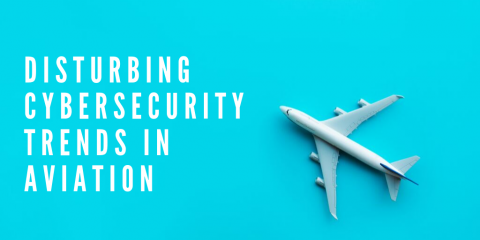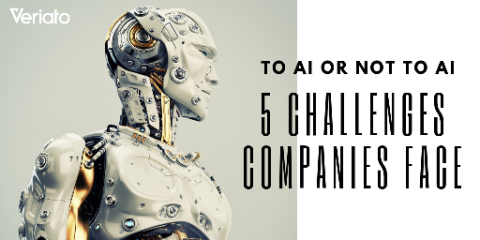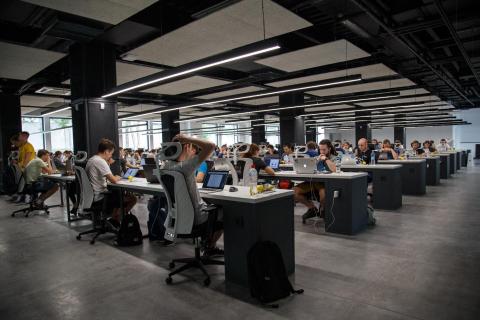Cyber Security Trends in the Energy Sector
Each day, we depend on energy for almost every kind of activity imaginable. Energy is required to keep lights on, enable transportation around the world, allow hospitals to operate, power the internet, and much more. Also termed the Oil and Gas sector, it’s considered a critical infrastructure sector by most nations around the world. This is because a loss of energy can cause a debilitating impact on the quality of human life.







